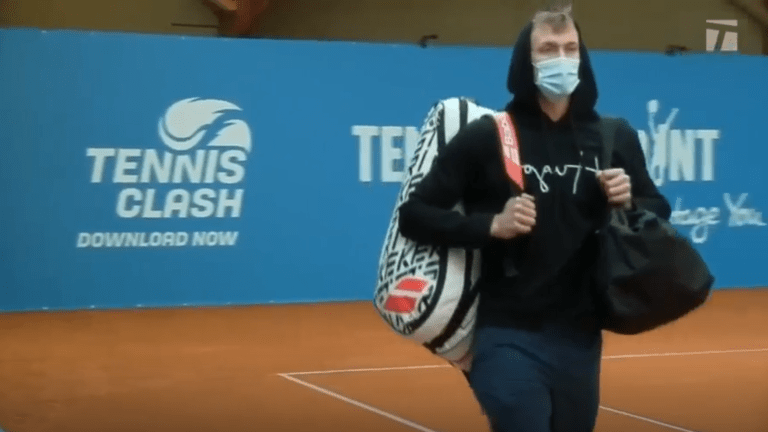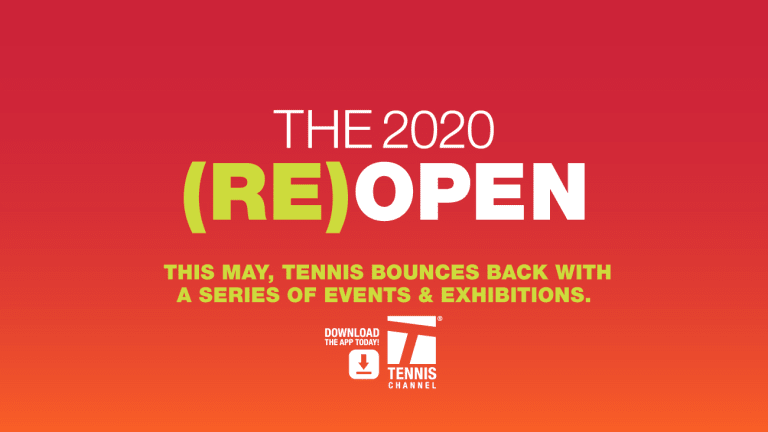May Day: Dustin Brown helps tennis spring back to life, without fans
By May 04, 2020Second Serve
Dustin Brown shares the story of 'Dreddy Tennis' on Second Serve
By Mar 31, 2025Australian Open
Qualies Corner: Brown, Pironkova close in on Melbourne main draw
By Jan 12, 2021A Handful of a Summer: Tennis begins the next phase of its reopening
By Aug 03, 2020Zverev vs. Auger-Aliassime, 13-year-old Fruhvirtova highlight UTS2
By Jul 31, 2020WATCH: Dustin Brown nails dive volley to prevail at UTS2
Jul 26, 2020WATCH: Brown, Lopez light up UTS match in Nice, France
By Jul 11, 2020How to return a drop shot with a tweener for a winner
By Jul 05, 2020UTS, July 4: Tsitsipas erases two-quarter deficit to edge Berrettini
Jul 04, 2020UTS Showdown 1, Day 2: Tsitsipas eclipses Gasquet; Berrettini steps up
Jun 15, 2020May Day: Dustin Brown helps tennis spring back to life, without fans
“At the end of the day I think all of the guys are just happy to be on the court to play and compete,” says Brown, who won both of his Fast4 matches Friday at the Base Tennis club in Höhr-Grenzhausen, Germany, under coronavirus-induced restrictions.
Published May 04, 2020
Advertising

May Day: Dustin Brown helps tennis spring back to life, without fans
Advertising
May Day: Dustin Brown helps tennis spring back to life, without fans
Advertising

May Day: Dustin Brown helps tennis spring back to life, without fans